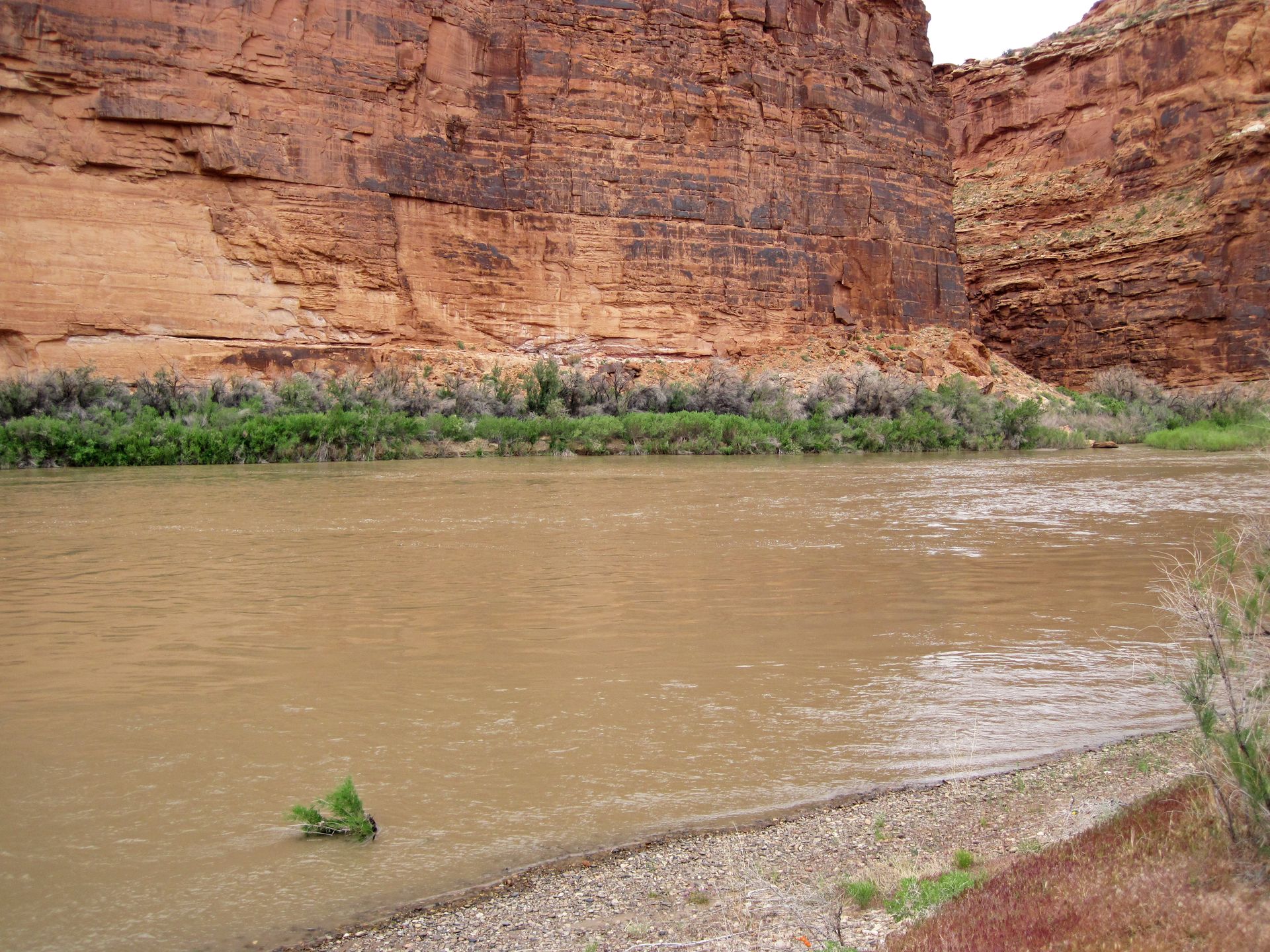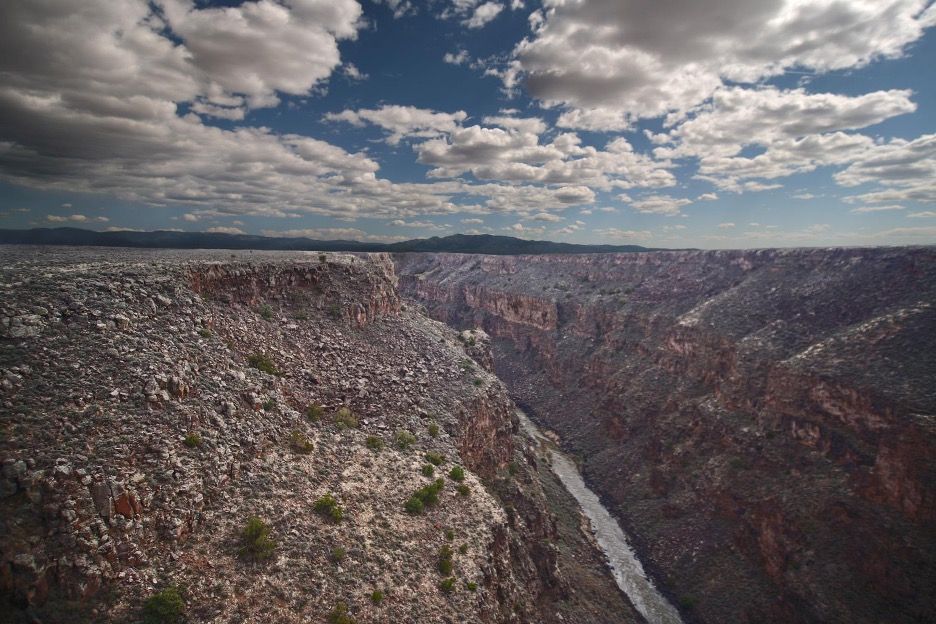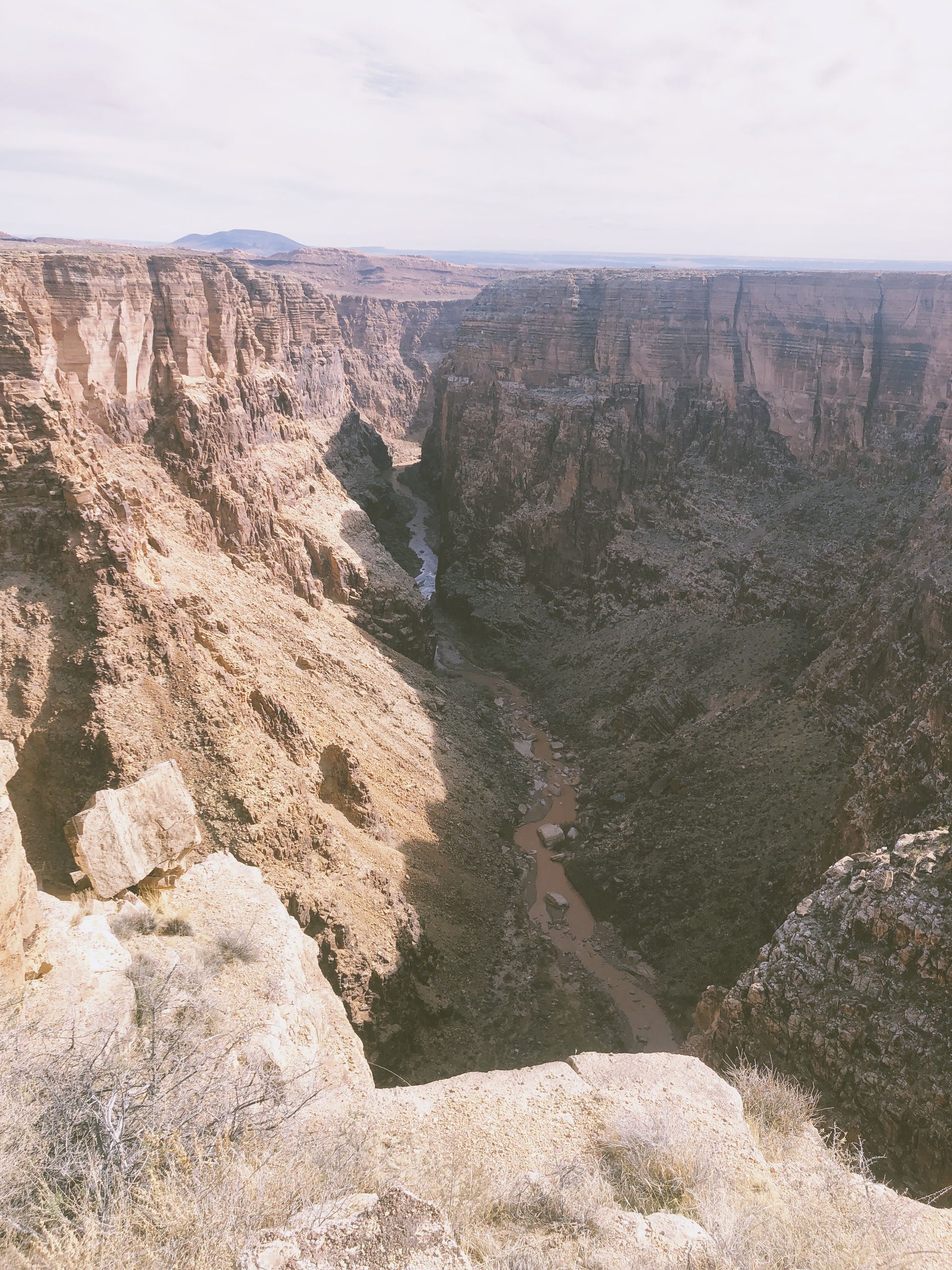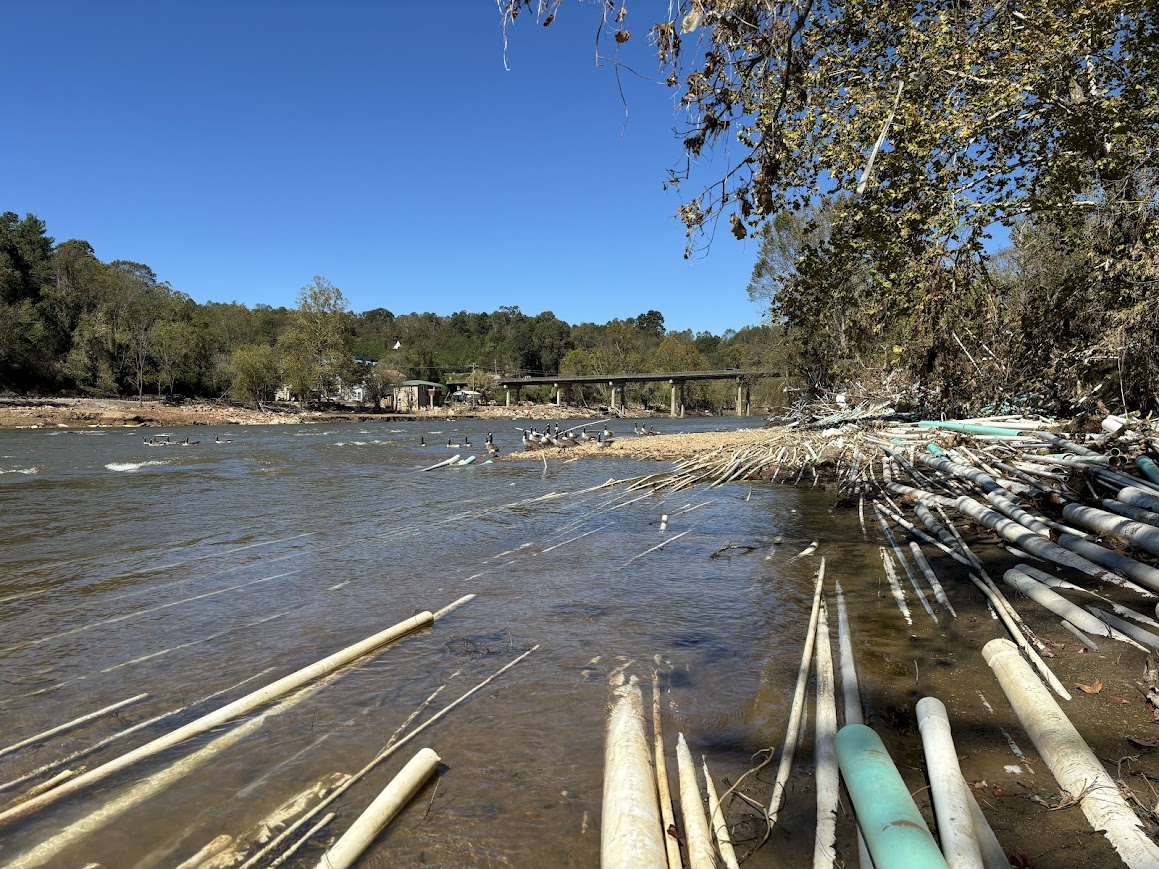By Hunter LaClair
•
December 9, 2025
Last spring, my colleague wrote a post forecasting uncertainties surrounding the Post-2026 Operating Guidelines for the Colorado River Basin States’ negotiation. Now, just seven months later, the November deadline for state consensus regarding the Basin’s management has passed and precarity has compounded. Without an agreement by the new, February 14th, 2026 deadline, the federal government is slotted to assume a managerial role over the Basin’s water. While this outcome bears a familiar mark of uncertainty, it also carries major implications for the Tribal Nations that hold rights to the Basin. This post briefly summarizes the negotiations, their progression, and an important tribal consideration. To briefly refresh or acquaint new readers to this matter: the Post-2026 Operating Guidelines represent a complex management scheme for Lake Mead and Lake Powell’s water operations. In essence, the Guidelines determine how much water can be removed from the two reservoirs. Owing to the reservoirs’ ubiquity in the Western United States, these Guidelines will implicate the water rights of seven states and thirty Tribal Nations. The reality is multiple stakeholders divvy up a dwindling resource, negotiate slowly, and, resultingly, leave many unsure whether the States will reach consensus after recently missing the November 11 th deadline. Many variables factor into the stalling negotiations, including the Upper Basin’s reluctancy to accept water cuts and electoral accountability to respective state populaces. Important considerations for states with large tribal presences complicate these factors, like Arizona, where twenty-two of the Basin’s affected Tribes are located. While from the outset, several Tribes held senior water rights—entitling them to priority over junior right-holders—many Tribes have been forced to bargain away this advantageous position for much needed infrastructure. This phenomenon leaves Tribes within the Basin much more susceptible to State decisions to accept water cuts, hinging tribal access to the already scarce resource on interstate bargains like those now set to conclude in February. Together with the obvious challenges created by the missed deadline and fast-approaching February fallback, these dynamics create large obstacles for the Basin states as they look to reach consensus in the new year. Unfortunately, as so often occurs, tribal nations are left hanging in the balance awaiting state compromise. SOURCES · Allie Parker, The Impacts of the Post-2026 Colorado River Discussions on Tribal Water Rights, U. Denv. Water L. Rev., (Apr. 3, 2025), https://www.duwaterlawreview.com/the-impacts-of-the-post-2026-colorado-river-discussions-on-tribal-water-rights . · U.S. Bureau of Reclamation, Colorado River Post 2026 Operations, https://www.usbr.gov/ColoradoRiverBasin/post2026/ (last visited Oct. 30, 2025). · The Colorado River, Post-2026 Negotiations, https://coloradoriver.com/post-2026-negotiations/ , (last visited Oct. 30, 2025). · Shannon Mullane, What’s holding up the Colorado River negotiations? Experts break down the sticking points, Colorado Sun (Oct. 30, 2025), https://coloradosun.com/2025/10/30/colorado-river-negotiations-experts-sticking-points/ . · Arizona Department of Education, 22 Federally Recognized Tribes in Arizona, https://www.azed.gov/oie/22-federally-recognized-tribes-arizona (last visited Oct. 29, 2025). · NRDC, Colorado River Basin Tribes Address a Historic Drought–and Their Water Rights–Head-On, https://www.nrdc.org/stories/colorado-river-basin-tribes-address-historic-drought-and-their-water-rights-head (last visited Oct. 30, 2025). · Michael Elizabeth Sakas, Historically excluded from Colorado River policy, tribes want a say in how the dwindling resource is used. Access to clean water is a start, CPR News, https://www.cpr.org/2021/12/07/tribes-historically-excluded-colorado-river-policy-use-want-say-clean-water-access/ (Dec. 7, 2021).







